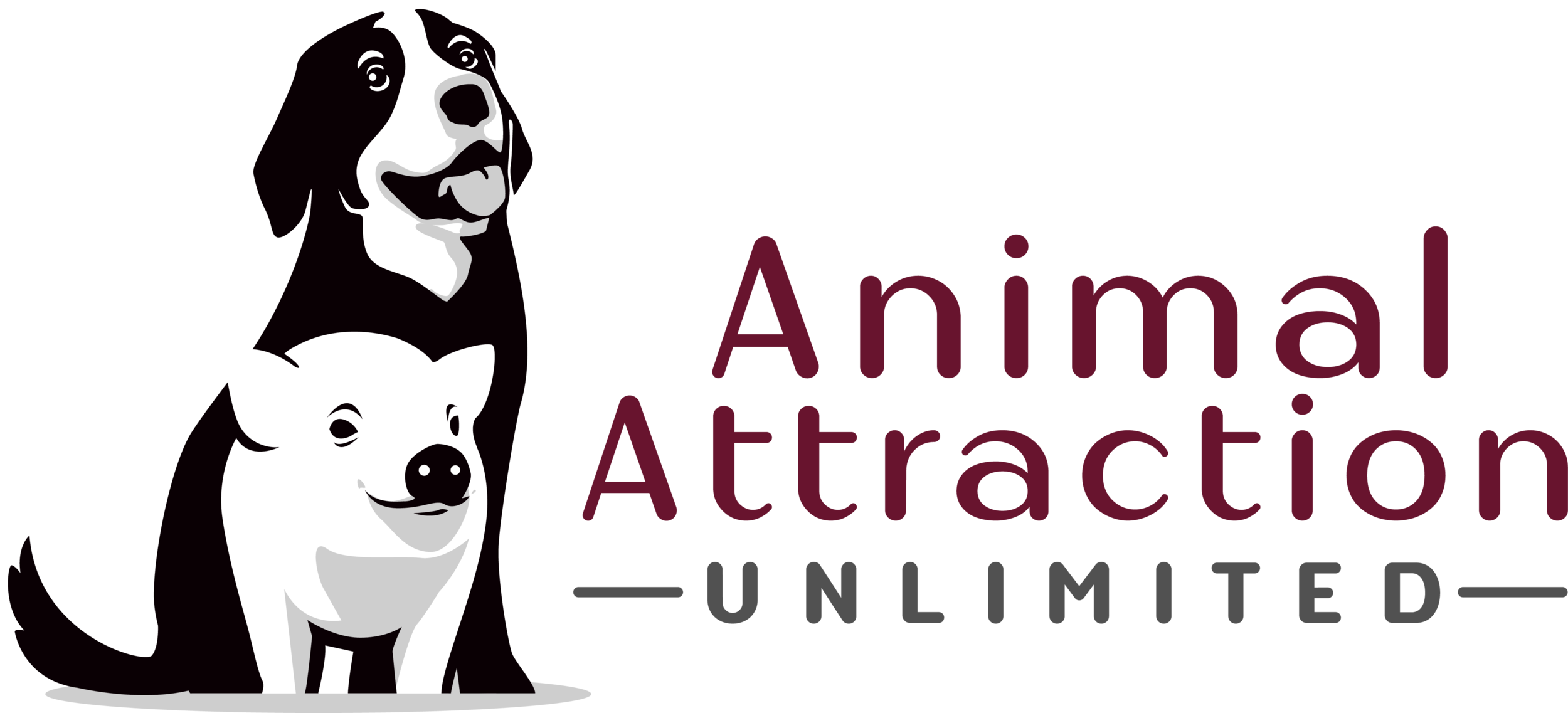When discussing shy, fearful or reactive dogs, it is important to know what we mean by that. What does a shy, fearful or reactive dog look like, and what can you do about it?
A shy or worried dog will be uncomfortable with a person moving into their space. They will likely do what is called avoidance behaviors. Avoidance behaviors are things a dog will do to indicate to the person or dog, that they are uncomfortable with the situation and want avoid interaction or confrontation. Things like turning their head, lick their lips, evert their eyes. Think of things you would do if you wanted to ignore a person (minus the lip licking).
Read More





